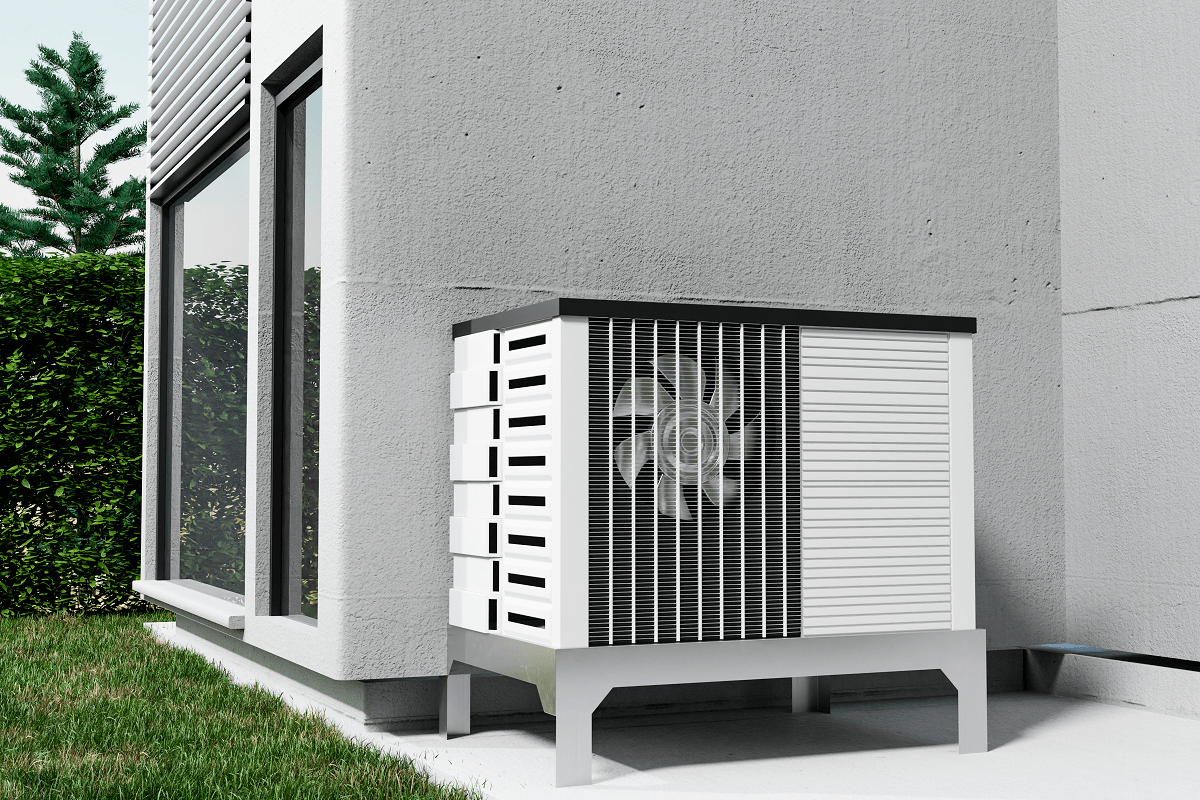The environment around you has a direct impact on the way you feel. Research has proven that environments can decrease or increase stress. Stress associated with unpleasant environments can lead to health issues, such as increased blood pressure, a suppressed immune system, muscle tension, and more.
However, your environment can be healing, too. Experts state that being in nature can reduce stress, fear, and anger. It can also increase positive feelings and improve health. Exposure to nature can help reduce muscle tension, decrease heart rate, reduce blood pressure, and provide a variety of other positive physical health changes.
Naturescaping is a style of landscaping that uses native plants to benefit local wildlife and your health. This form of landscaping can also help you create natural surroundings that provide mental and physical health benefits.
Find out more about how naturescaping and landscaping can benefit your local environment and your mental and physical well-being at The Architecture Designs.
What Is Naturescaping?
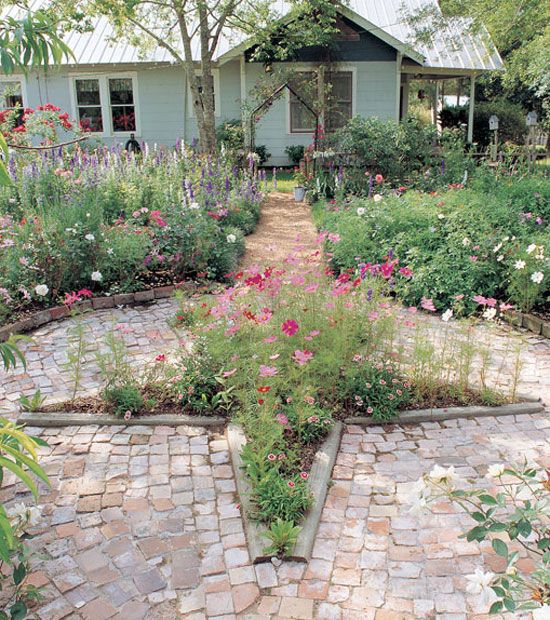
source: pinterest.com
Naturescaping is a form of landscaping designed to benefit your local environment. It involves using native plants to attract native wildlife, helping local flora and fauna thrive.
Naturescaping is a more sustainable form of landscaping. It reduces the amount of time and money needed to maintain your property, while helping prevent the use of herbicides, pesticides, and fertilizers.
Sustainability for the Environment
One of the greatest benefits of naturescaping is that it encourages local plants and wildlife to grow and multiply. Native plants serve as food sources for many animals and insects and shelter for other creatures, such as butterflies and birds. There are several other environmental benefits to naturescaping, as opposed to traditional landscaping, including:
Superior Rainwater Absorption
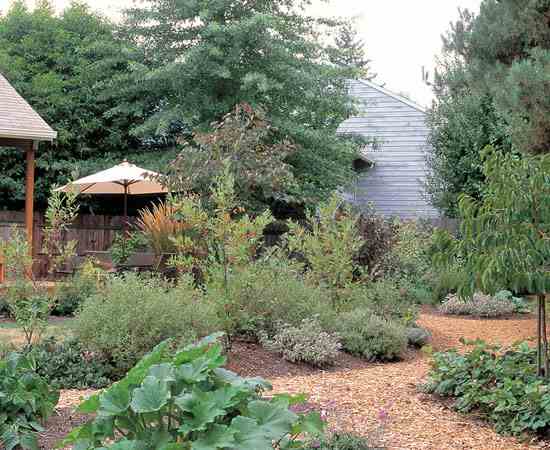
source: pinterest.com
Native plants have robust root systems that cultivate rich soil with a lot of organic content. These root systems also allow for optimal rainwater infiltration. The soil absorbs stormwater runoff that might otherwise travel to lakes, rivers, and streams and contaminate them.
No Harmful Chemicals
Traditional landscaping tactics use fertilizers and pesticides that can harm public water sources. These chemicals — combined with impervious and compact soil — can lead to runoff that’s harmful to humans and the environment. With naturescaping, these chemicals can be avoided.
Greater Biodiversity
Naturescaping creates outdoor space that is more livable for pollinators and wildlife. With naturescaping, native species don’t just survive in your landscaping; they flourish.
Sustainability for Your Health
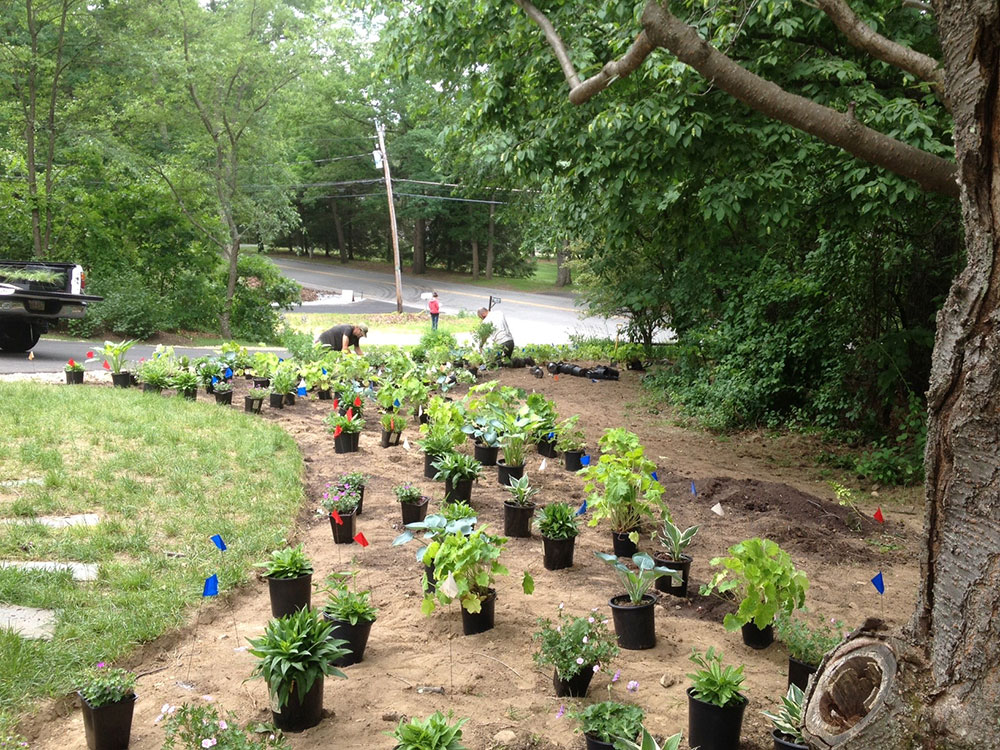
source: pumpkinbrookorganicgardening.com
Naturescaping can be just as beneficial for you as it is for the surrounding plants and animals. It is a lower maintenance form of landscaping. The native plants used in naturescaping have been selected because they already thrive in your soil and local climate conditions. These plants are more likely to naturally thrive without pesticides or fertilizers.
Other health benefits of naturescaping include:
Saves Time and Money
Established, native plants rarely need to be watered or cut because they’re acclimated to the weather conditions in the area. The ability for these plants to care for themselves means no costly chemicals, no hired landscaper, and less water use. This form of landscaping inevitably saves time, money, and stress.
Superior Water Quality
The improvements in water quality that naturescaping provides are beneficial to the environment. They’re also beneficial to your health. Communities that implement naturescaping, as opposed to traditional landscaping tactics, have to worry less about harmful runoff.
Vibrant Surroundings
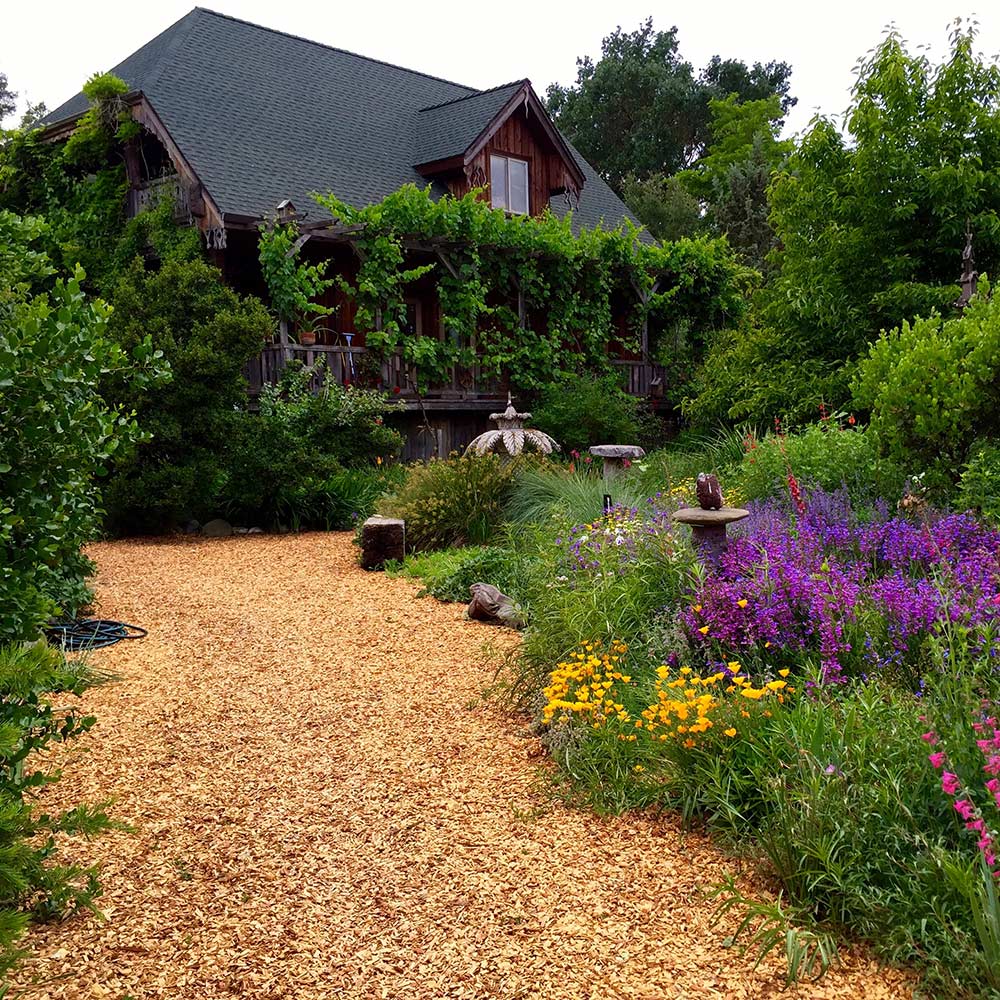
source: contentgrid.homedepot-static.com
Naturescaped surroundings feature diverse and colorful plants. These plants attract even more colorful wildlife. Environments created through naturescaping offer a vibrant and creative feel as opposed to boring, sterile landscaping.
Reduced Noise and Air Pollution
Naturescaping reduces the need for lawn mowers and other loud, polluting equipment. This can create a more relaxing environment around your home and for your neighbors.
Nature as a Source of Healing
Experts state that exposure to nature makes people feel better. Research has shown that a single plant in a room can reduce stress and anxiety. Additionally, viewing scenes of nature can reduce fear, anger, and stress. These scenes also distract us from discomfort. Imagine what surrounding yourself and your home with nature can do.
One study showed that 95% of individuals saw a boost to their mood after being outside. Those who experience anxiety, stress, or other emotional discomfort felt calmer and more balanced.
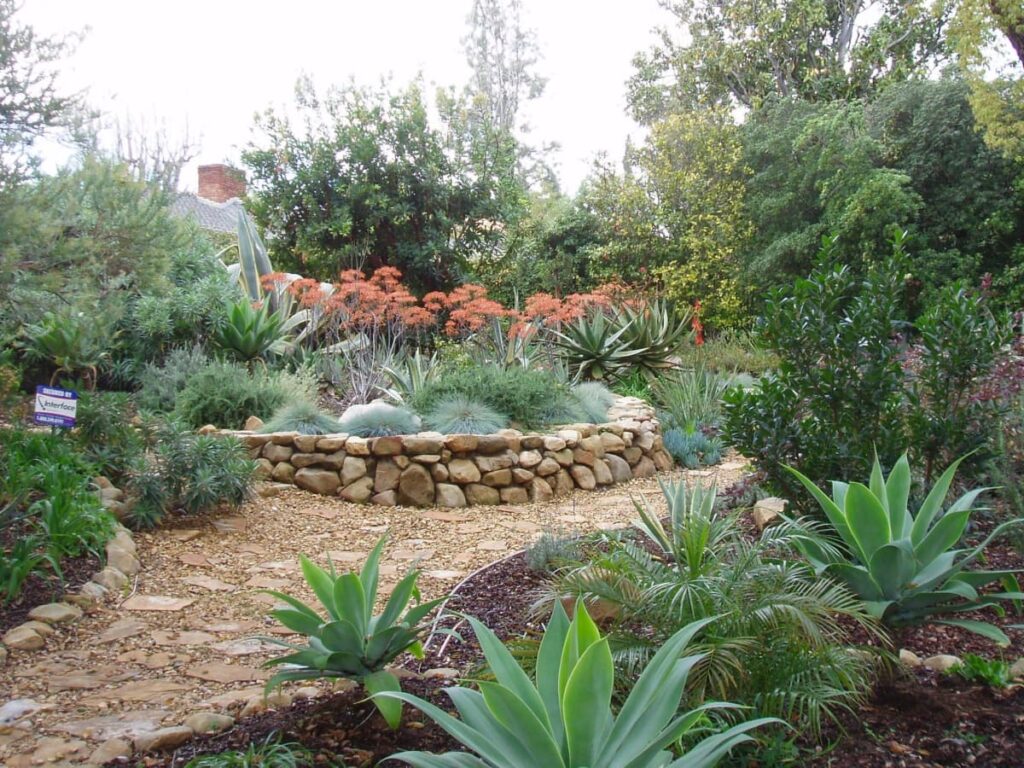
source: pinterest.com
Time spent in nature or viewing scenes of nature has been linked to an increased ability to pay attention. Nature is inherently interesting to humans, and that allows us to focus on what we’re seeing, feeling, hearing, and doing when we’re outside.
The outdoors is an effective respite for individuals with overactive minds. Research shows that children with ADHD had increased attention spans after spending time in nature.
Healing at Home
Naturescaping allows you to create a calming, sustainable outdoor oasis around your home. This is a place where you can retreat when you’re feeling stressed or anxious.
Even better, naturescaping can be even more eye-catching than traditional landscaping. Speak with a local landscaping company to learn more about the plants that are native to your area and how you can arrange a naturescape that’s sustainable for the environment and your well-being.
For more information on naturescaping, check out the accompanying resource by CHW Professional Consultants.



